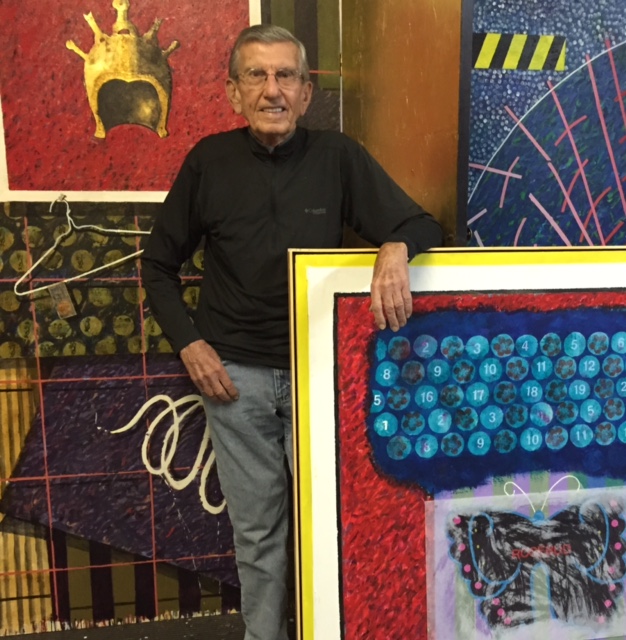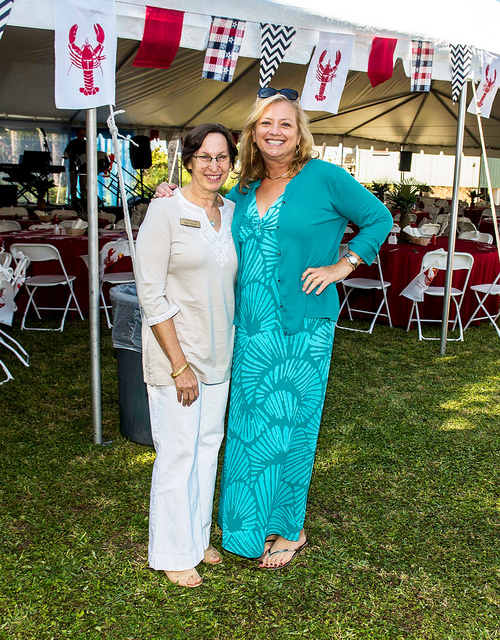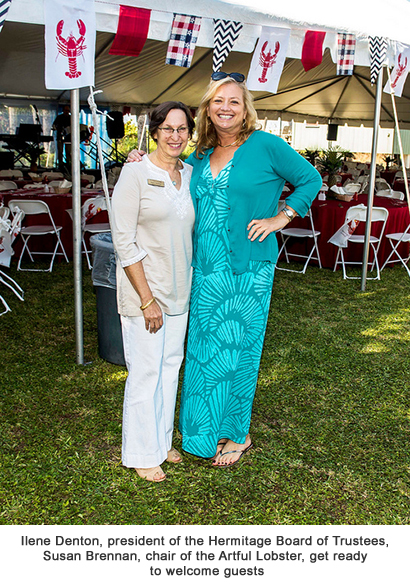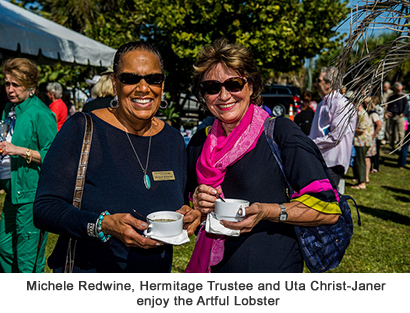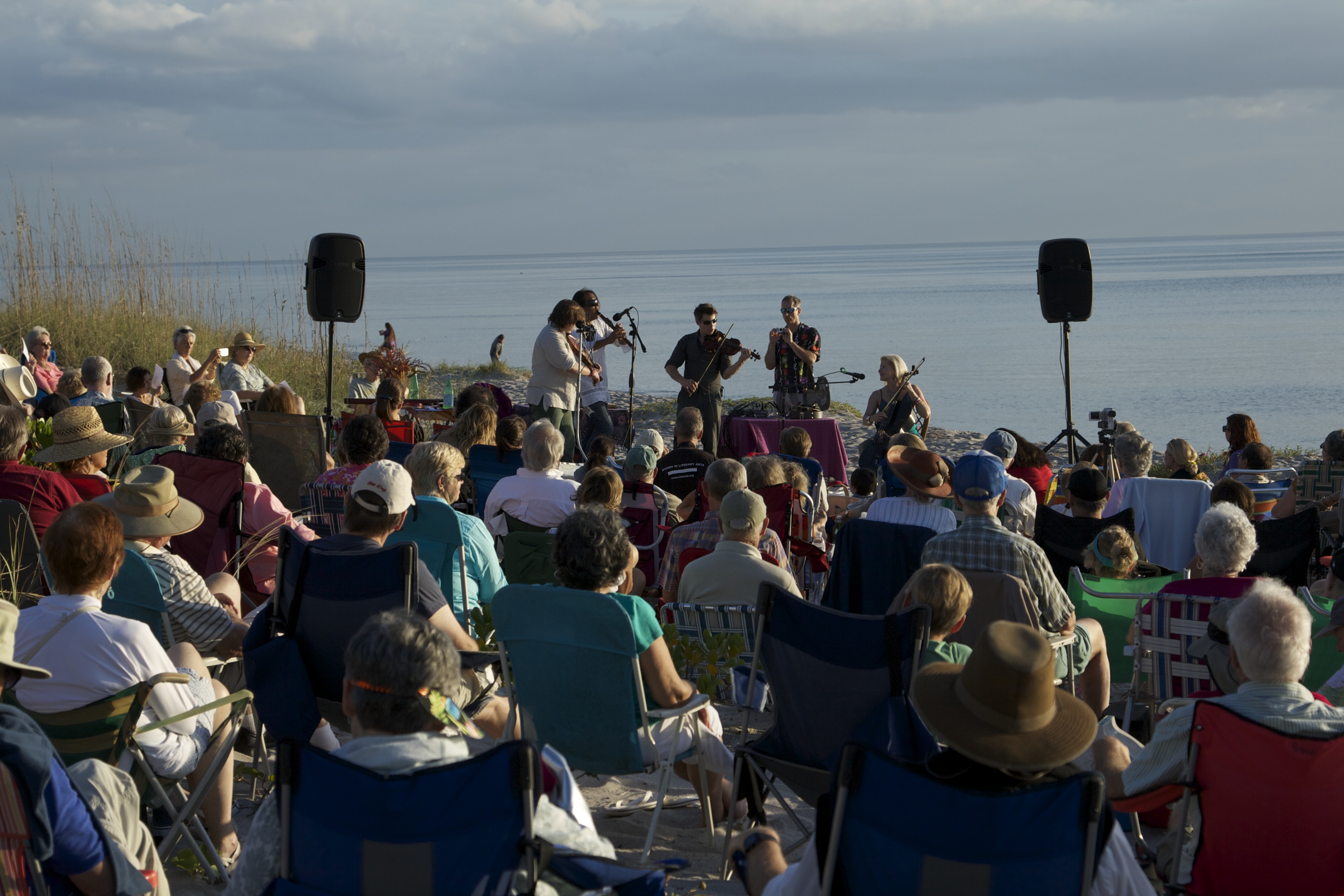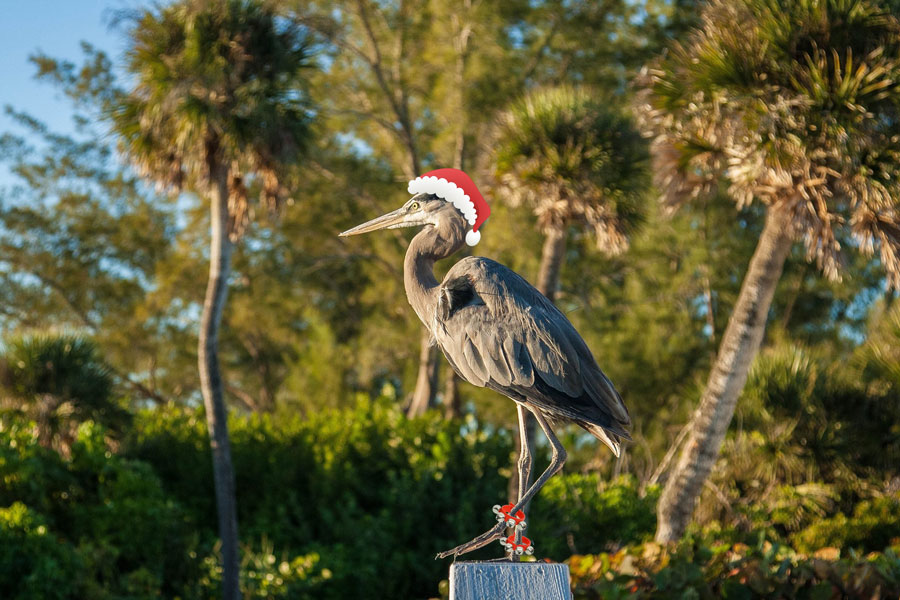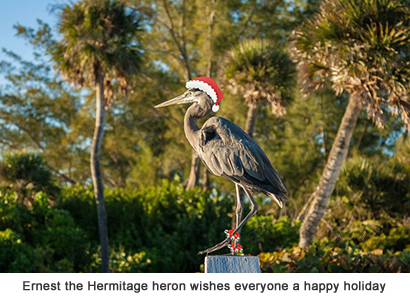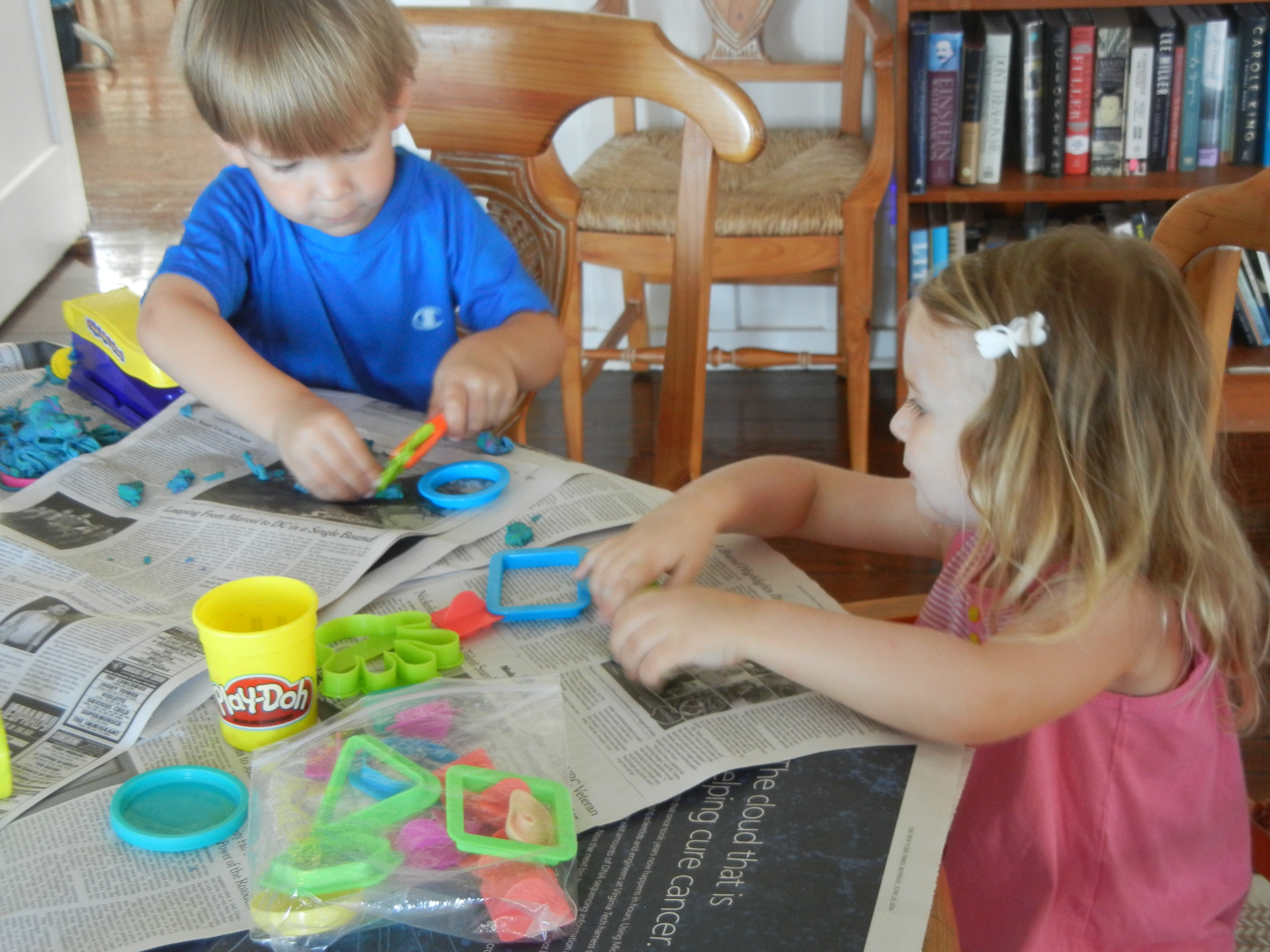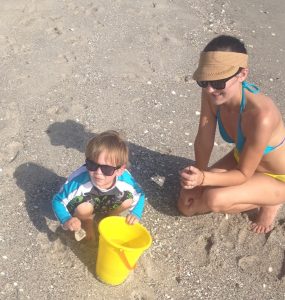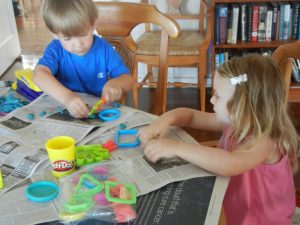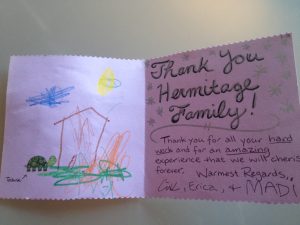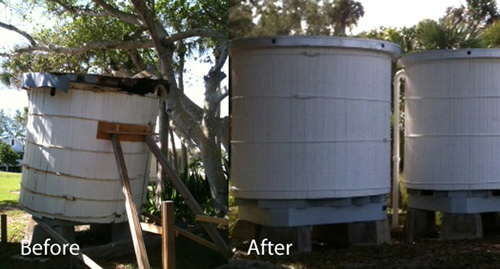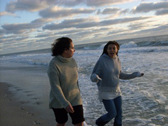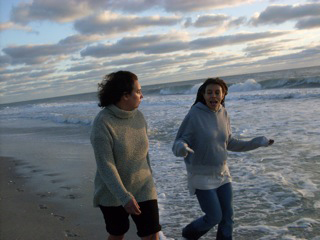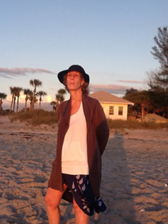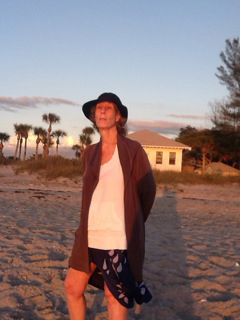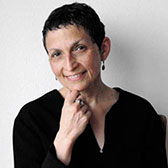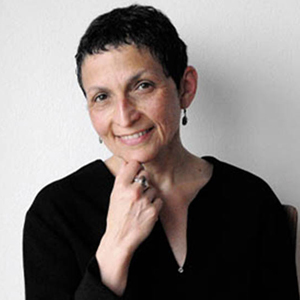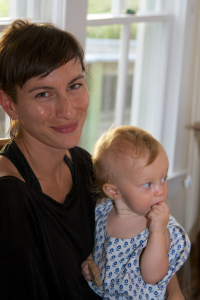George Pappas of Sarasota is one of the longest serving members on the Hermitage Board. But long before he became involved with the Hermitage, he had made art his career having earned a Master’s Degree from Harvard University and an Ed.D in Art Education from Penn State. He made arts education his career and in 1993 he retired as Professor and Chair Emeritus from the art department of USF Tampa. He and his wife Sarah moved to the Sarasota area in 1997 after she was named president of Manatee Community College in Bradenton.
George had already served on the Board of Trustees at the Atlantic Center for the Arts, an artist community in New Smyrna Beach, when he met with Hermitage founder Syd Adler and Bruce a decade ago and learned of their dream to start an artist retreat in this area.
George said he and Sarah look forward to the Greenfield Prize Weekend every year and they also enjoy the partnership with the Ringling Museum and the performances by Hermitage artists at the Historic Asolo Theater. “And of course the Artful Lobster is a great place to bring friends to introduce them to the Hermitage Campus and enjoy a fantastic meal!”
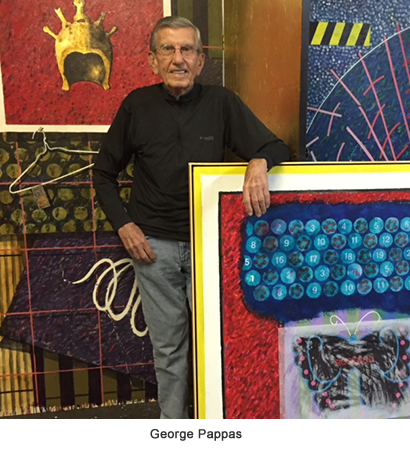
He has remained involved and committed to the Hermitage mission. “The Hermitage is important to this area because it brings a variety of artists from all over the nation to our county where they interact with our patrons, school and college students and the community at large.”
“A highlight of my many years on the Board is seeing how Bruce has lead us into innovative partnerships with local and national groups and how we’ve grown in stature and prestige…Artists are so appreciative of the experiences we provide for them.”
And George should know. A respected artist in his own right, he’s had more than 60 solo exhibitions. His paintings have been seen throughout the United States, including at the Museum of Fine Arts in Boston and the Philadelphia Museum of Art.
His work has been featured at the National Gallery of Art, the deCordova Museum and the Ringling Museum and many others.
George is still retired and Sarah Pappas is now President of the William and Marie Selby Foundation. They have two children, Tom, an artist living in New York and Jane, a trainer for Wells Fargo Bank, who lives in Jacksonville, and two grandsons.

